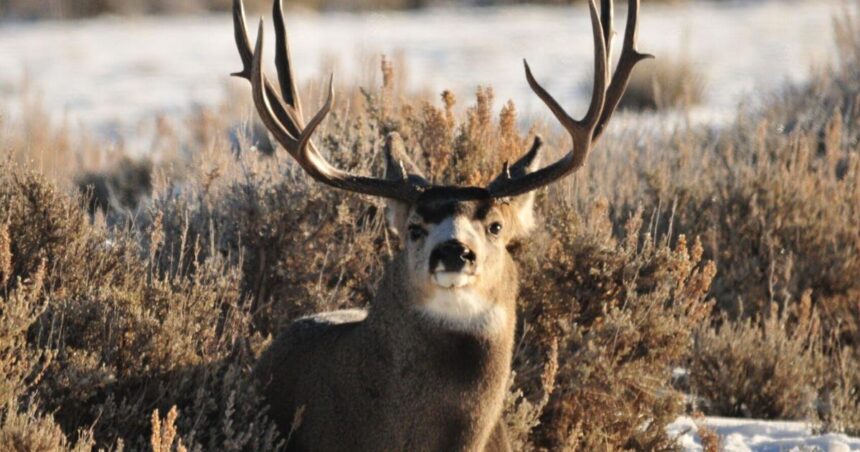Principles that will inform the creation of a new statewide Mule Deer Management Plan tackle some difficult topics.
Now the public is being asked to weigh in on the proposals from a 14-member citizens group.
The guiding principles include, but are not limited to: Increasing mule deer populations; Using best available science to inform management decisions; Managing chronic wasting disease; Improving the quality of the hunting experience; Improving landowner relationships; and maximizing opportunity for public input of all stakeholders in plan development, including hunters, landowners and nonhunting wildlife enthusiasts.
A more detailed outline of the guidelines can be found online.
People are also reading…
Public comments can be submitted through Aug. 15 online at: fwp.mt.gov/aboutfwp/commission-councils-committees/mule-deer-citizens-advisory-committee or mailed to: FWP Wildlife Division, P.O. Box 200701, Helena, MT 59620-0701.
“We know how concerned people are with mule deer numbers across the state,” said FWP Director Dustin Temple in a press release. “Our focus is developing a new plan that will guide our efforts to manage herds well into the future. The council’s work is a critical first step for our planning process.”
The Mule Deer Citizen Advisory Council met three times this spring to develop the guiding principles.
Montana mule deer populations can change from year to year due to a variety of factors that influence survival and recruitment. Population trends from spring surveys across much of Montana were mixed this year, with some areas showing improved herd growth and some areas with lower recruitment. Concerns about specific factors outlined by the MDCAC include disease (e.g., chronic wasting disease), habitat quality and availability, effects of weather and climate, predation and hunting pressure.





